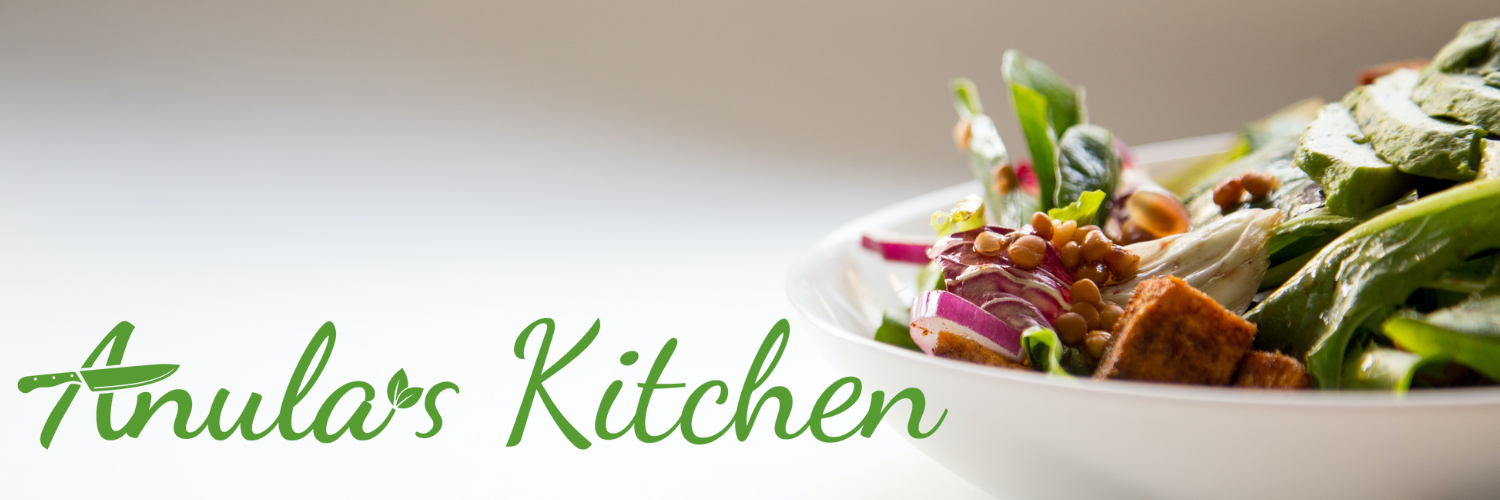"Preserves - River Cottage Handbook No. 2"
by Pam Corbin
Hardcover, 224 pages
Chapters: Seasonality, The rules, Jam & Jellies, Pickles Chutneys & Relishes, Cordials Fruit Liqueurs & Vinegars, Bottled fruits, Sauces Ketchup & Oil-based preserves, Useful things

Preserves is one of the oldest form of keeping the food for longer, of extending its "usability". There's million and one books on the topic, so how do you choose the right one? River Cottage has a series of little handbooks, which are small guides - literally small, as they're small in format, wrapped in a thick cover for longevity. Hugh Fearnley-Whittingstall is a real food enthusiast, something which hugely contributed to creation of this book series.
As it's already autumn in the air and it is "that" time of the year for making jams, relishes etc. for the coming winter (and the whole year round) I've picked this book from my shelf to write about - and recommend it to you, but... It is rather "conservative" publication on the topic, meaning that you'll find a lot of traditional, some might even say old school recipes and ingredients. There won't be any tropical, fancy flavours or ingredients, but good, old reliable ones.
Pam Corbin is very strict on health and safety, but everything in a modern, not over complicated way. There are some really useful tips about sterilizing, filling and sealing, all in a form of handy, easy to read tables, easy to digest information, so even if you're a complete novice when it comes to making your own jams, pickles, she'll take you all way through. Pam explains everything, covers all the basics and more. You'll find out why chutneys are not marmalades etc. This book is like a mini encyclopaedia of all things in jars.

Of course the real test is in the recipes. The book is divided into useful and thematic chapters. Each recipe is on its own page and there are lots of useful illustrations that come with it. I like the seasonal advice, that tells you when to make any particular preserve. The author also suggests interesting variations on the topics, like: Whiskey marmalade, Indian spices (like fenugreek) in the rhubarb relish, Pickled crab apples instead of pears and more.
The things that surprised me most are the recipes on how to make: passata, fruit leather, quince jelly and compost heap jelly. The book teaches also about seasonality, which seems to be forgotten in our modern, hectic lives, when, for example, strawberries are available on our shop's shelves all your round...

If you're new to pickle/jam making, but are looking for reliable, easy written information about preserving, this is the book for you. If you're somewhat more seasoned jam maker, you might want to look for a publication a bit more challenging, that will expand your already acquired skills and knowledge.
Photos from Amazon.co.uk

Comments
Post a Comment
Thank you for taking your time and leaving a comment.
Pozdrawiam, Anula.